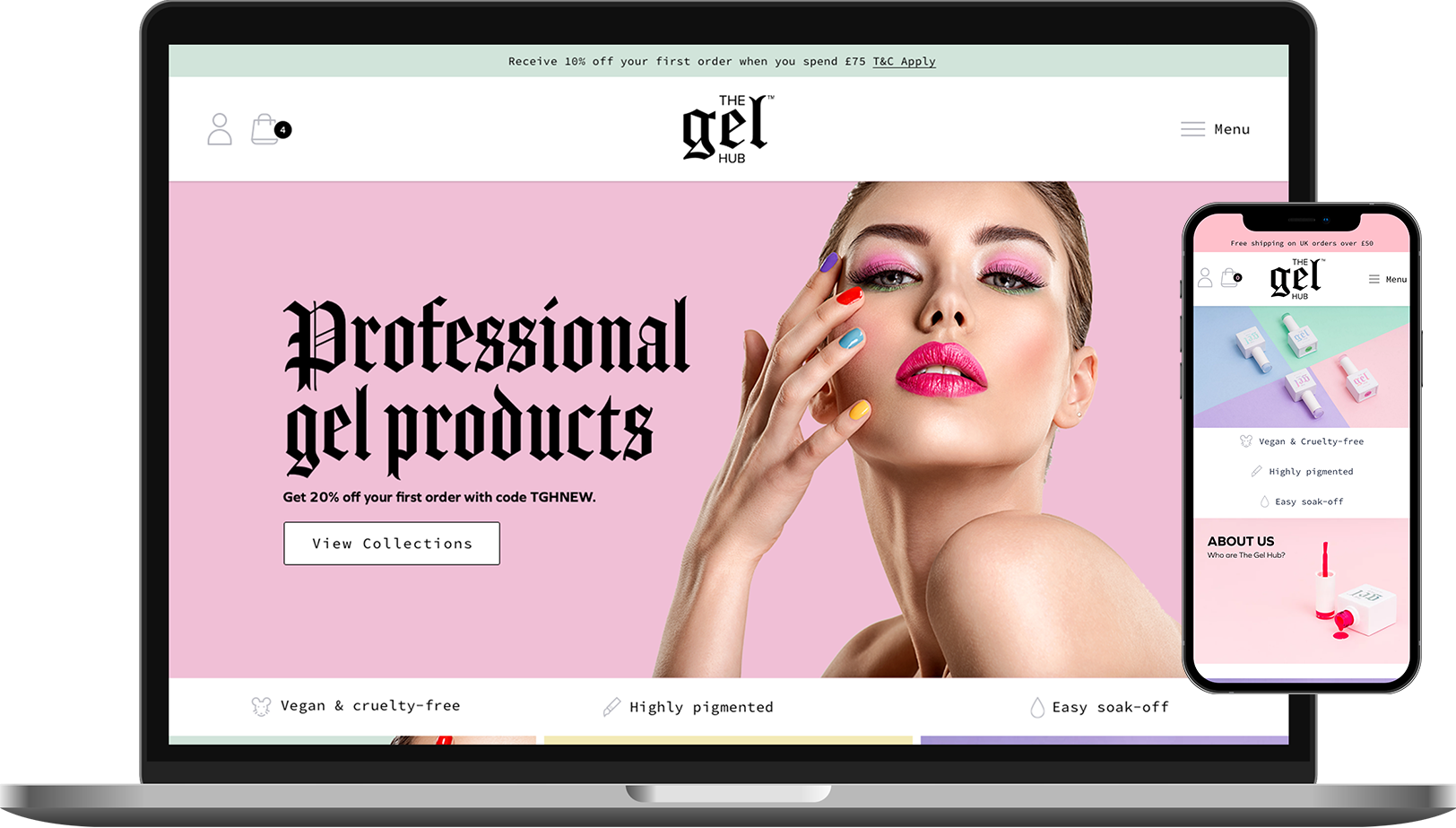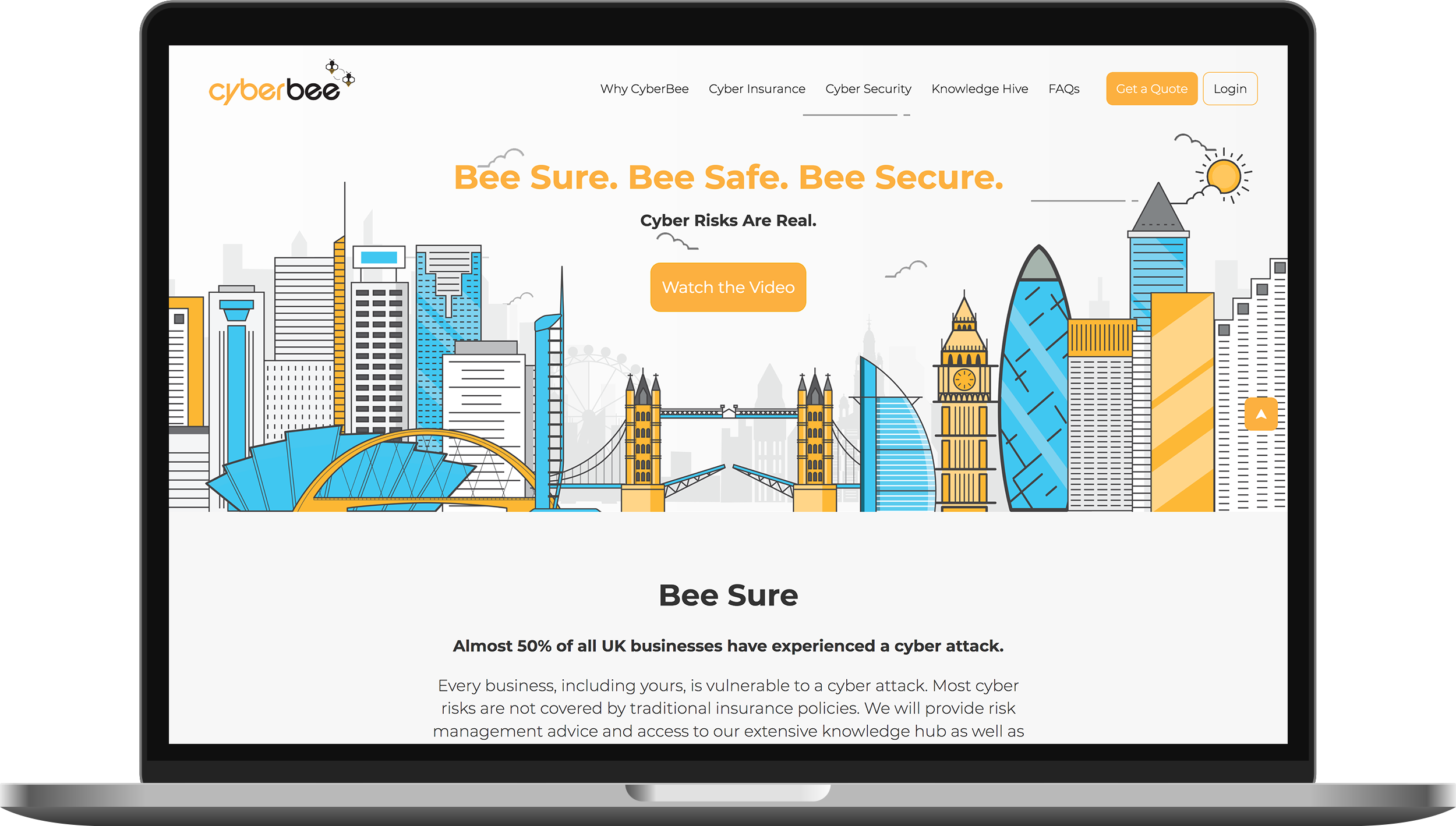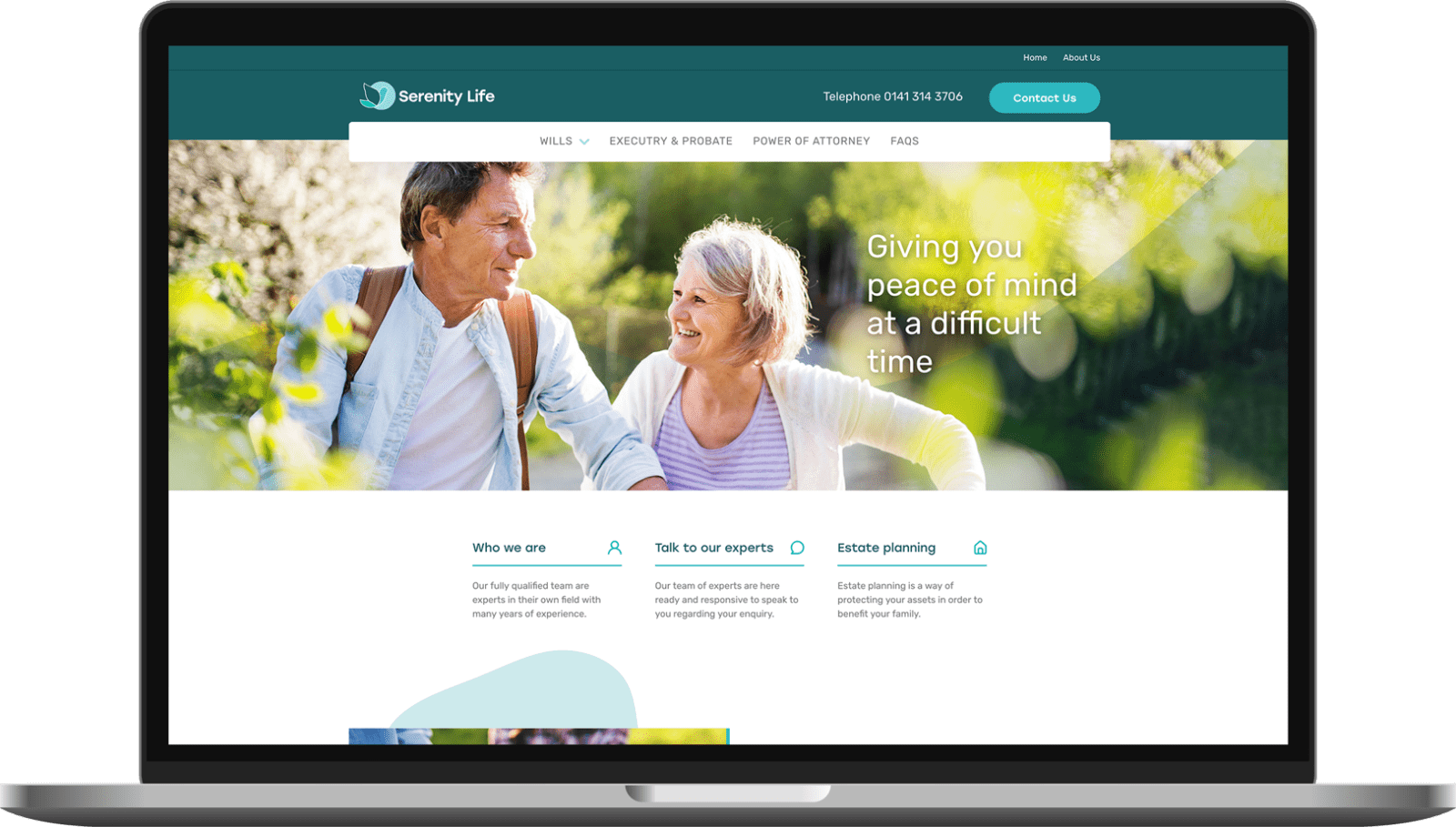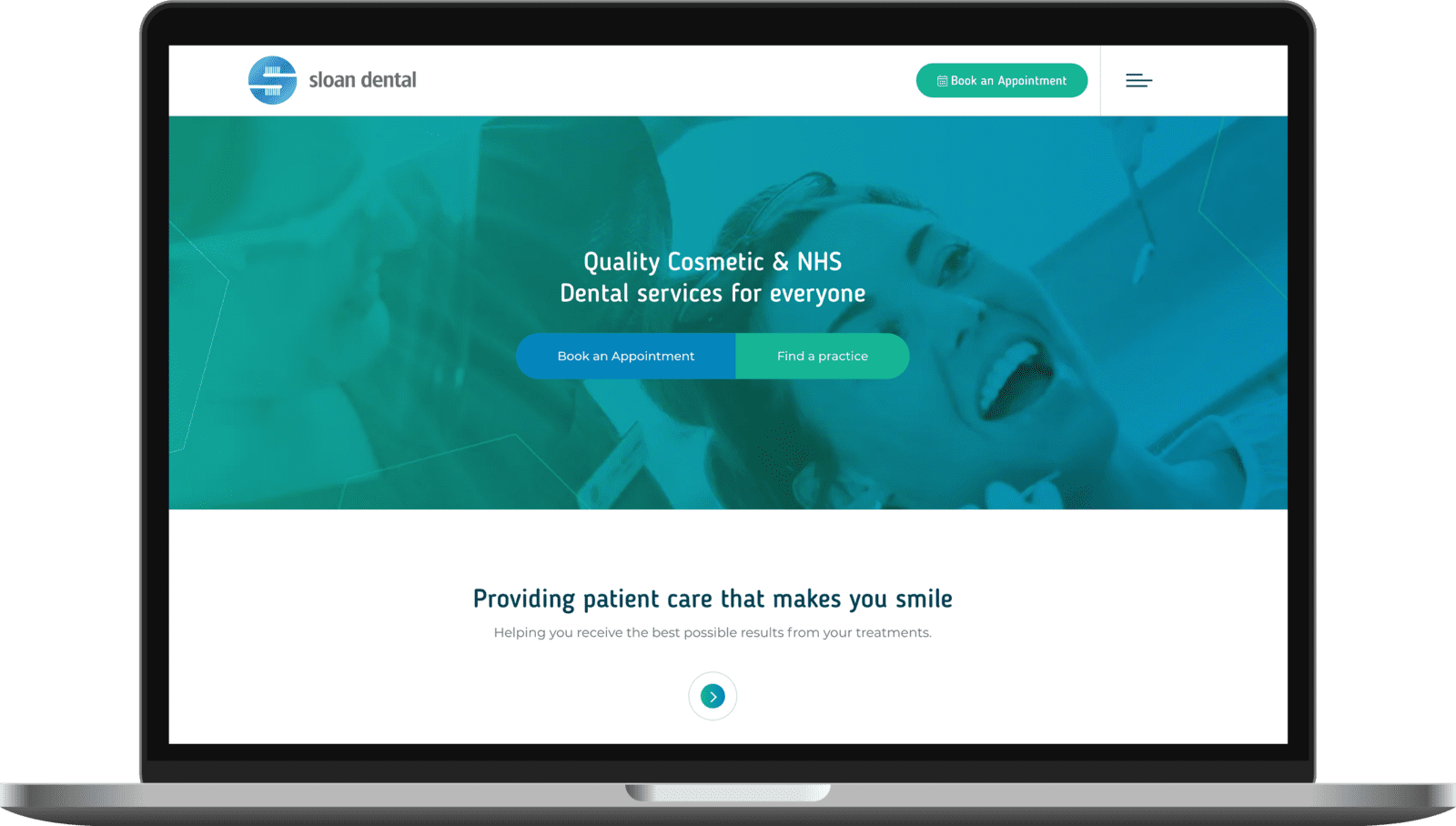Modern technology means that we have access to countless tools and resources which shows us how to make a website. Often quickly and at low cost, with no need for much technical knowledge. But these tools don’t tell us how to make a reliable or professional-looking website. Or how to build a website which makes money and helps to achieve other important business goals. In other words, the perfect website.
As a web design agency, we are often approached by small and medium-sized businesses who already have websites. They will typically ask for improvements to their website’s design or optimising performance. Secure and reliable hosting is another frequent request we receive from clients. With this experience in mind, we have made a list of points to consider, whether you are making a website from scratch or updating your existing site.
Before we dive in, feel free to check out our portfolio, which shows what we’ve accomplished for our clients.

All good websites start with a plan.
This is also known as a website brief. All reputable web design agencies building or redesigning your website should request a brief from you. This is essential in helping you to focus on what you want your website to do and why. Often each page will have one specific goal it needs to achieve.
Your customers need to be at the heart of this brief. You should be continually reflecting on how your website’s design and functions serve them. For guidance on how to do this, visit our article on how to write the perfect website brief.
Good copy.
Perfect grammar and spelling is a must on your website. Spelling errors are an easy fix and are very noticeable to your audience. We discuss the importance of good grammar and common mistakes to avoid over on our other site, Zap Competitions.
For the tone of your copy, you should focus on soft selling to your audience. For example, including testimonials from customers on your website can be an effective way to promote your products and services. Consumers often place a higher amount of trust in what other people have to say about a business than the business themselves.
You can learn more about soft selling by reading our blog post Beyond Selling: The Purpose of A Website.

Awareness of audience.
Awareness of your audience is often shown through your copy. But you should always cater for different types of content consumers who prefer to watch and listen to content. This is achieved through multimedia websites, which include audio and video files alongside written copy.
Don’t forget to include a clear Call To Action in your copy. CTAs are designed to convince a visitor on a website to act, taking the next step towards becoming a customer. They are often no more than one sentence long. Popular examples include:
- Learn More
- Sign Up
- Get Started
- Try For Free
You should also make it easy for people to contact you through your website. Research has shown that 44% of website visitors will leave a company’s website if there’s no contact information or phone number.
One simple way to ensure that your website’s visitors can contact you is to display your contact information prominently. As well as on your contact page, you should include your company’s number and email on your website’s header and footer.
Make it easy for leads and customers to contact a human via your website. This means keeping any automated answering systems simple, with easy access to a live customer service agent. You may also want to include a live chat option to address any pre-sale concerns and provide a more personalised service.
You can learn more about how to create sites with your visitors in mind by reading out blog post 5 Questions To Ask Yourself About Your Website’s Visitors.

A straightforward, yet memorable design.
When choosing a design for your website, you want to avoid styles which are too busy and can distract your audience. But you don’t want a website which looks plain and forgettable. The design you choose should be modern and reflective of your company.
Learn more by reading our blog post Choosing A Colour Scheme For Your Website And Brand.
One of the most important decisions you’ll make when building a website is deciding between a custom-built design or template.
There are platforms available which offer a range of different web design templates. They allow users to set up a website relatively easily and quickly. They are great for low budget websites as there is a lower upfront cost than custom-built websites. However, as many businesses will be using the same template, your site won’t stand out as much. Built-in features can also affect your website’s loading speed and search engine performance.
A customised design is more expensive and takes longer to develop. However, the design will be completely unique and adaptable to your company’s needs. A well-made design is lightweight, functions across all browsers and devices, and is designed to be SEO friendly. This option is great for companies who are looking for a website which will grow with their business. A professional web developer can update and install new technologies to accommodate any required changes.
At Think Zap, we offer fully customisable sites, as well as several options for customisation for lower budget websites. The framework we use is lightweight, much faster to load and more reliable than most of other website builders available on the market. To learn more, get in touch with the team today.
Another must for web design is simple navigation. With too many options and choices, navigation can get complicated. You risk losing customers and revenue if your website’s users can’t find what they are looking for.
For websites which require many pages – as is often the case with e-commerce sites – simple navigation can seem impossible. However, features like search bars and breadcrumb navigation can be really useful here.

Regular website maintenance.
Regular website maintenance reflects the quality of your business and is vital for a good customer experience. It ensures your website’s functionality across all browsers and devices, helping you to catch any features which no longer work and could cause issues for your customers. A poorly maintained website is unprofessional and can damage your credibility.
Other reasons for regular maintenance include better website performance and security. Outdated software is vulnerable to attacks and Google will remove hacked websites from their searches.
You should back up your website on a regular basis. This is also important for security, as well as breakdowns from website updates and being able to revert to an earlier version of the site in the event of an error.
Tracks valuable metrics.
Understanding which areas of your website are performing well and which are not is important for optimising its performance. The most common website analytics tracker is Google Analytics. It is straightforward to use, free for small-scale businesses, and supported by many online tutorials and workshops. You can use Google Analytics to monitor your traffic and uncover insights to better understand your audience.
Things you might want to track include:
- Monthly visits to your website
- Average time spent on your website
- Which channels generate you most traffic
- Page load time
- Bounce rates (i.e. users who access your website and leave without interacting with any of its features or visiting other pages)

You get what you pay for…
As we touched on earlier when comparing templates to custom-built designs, you get what you pay for. There is no such thing as a “free” website. A website which has no set-up or maintenance costs is extremely slow, offers poor security, has low credibility with users, can have hidden charges… The list goes on.
…So invest in your website.
We cannot stress this enough. A great website is reliable, sets a good impression and builds trust with your audience. It can grow with your business, adapt with changing technologies and offer a significant return on your investment. Need we say more?